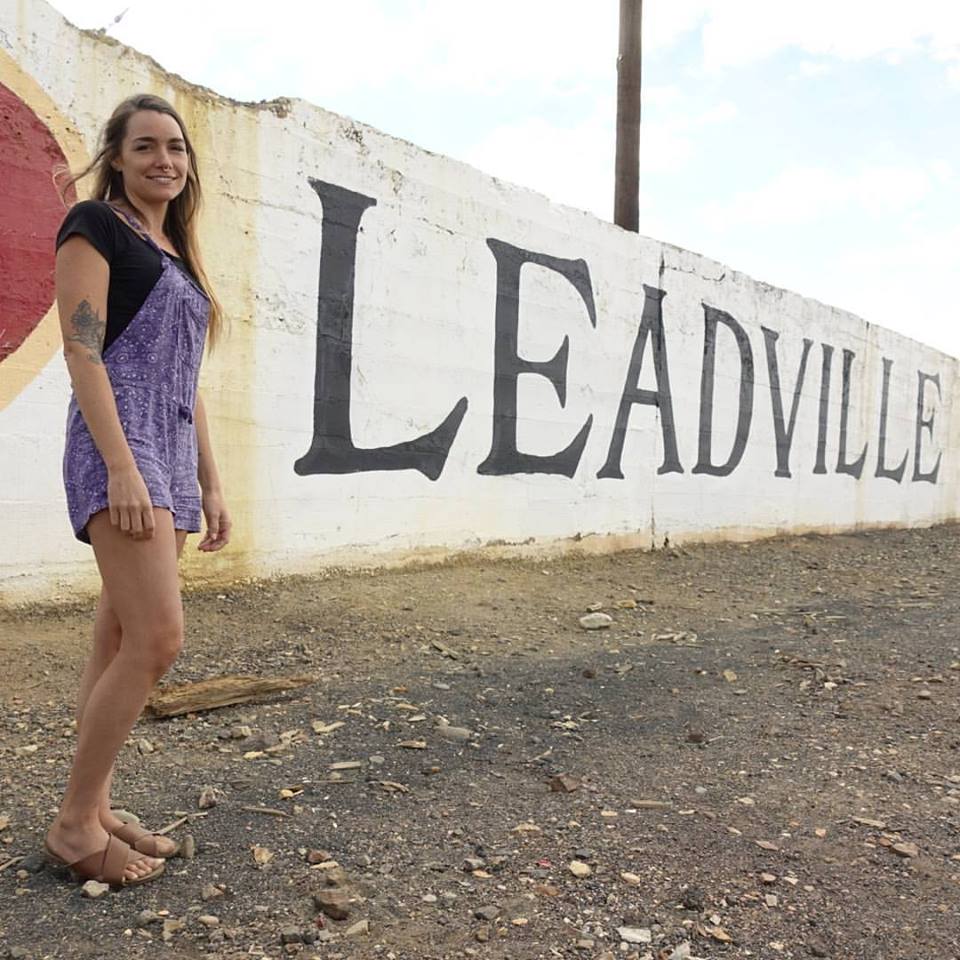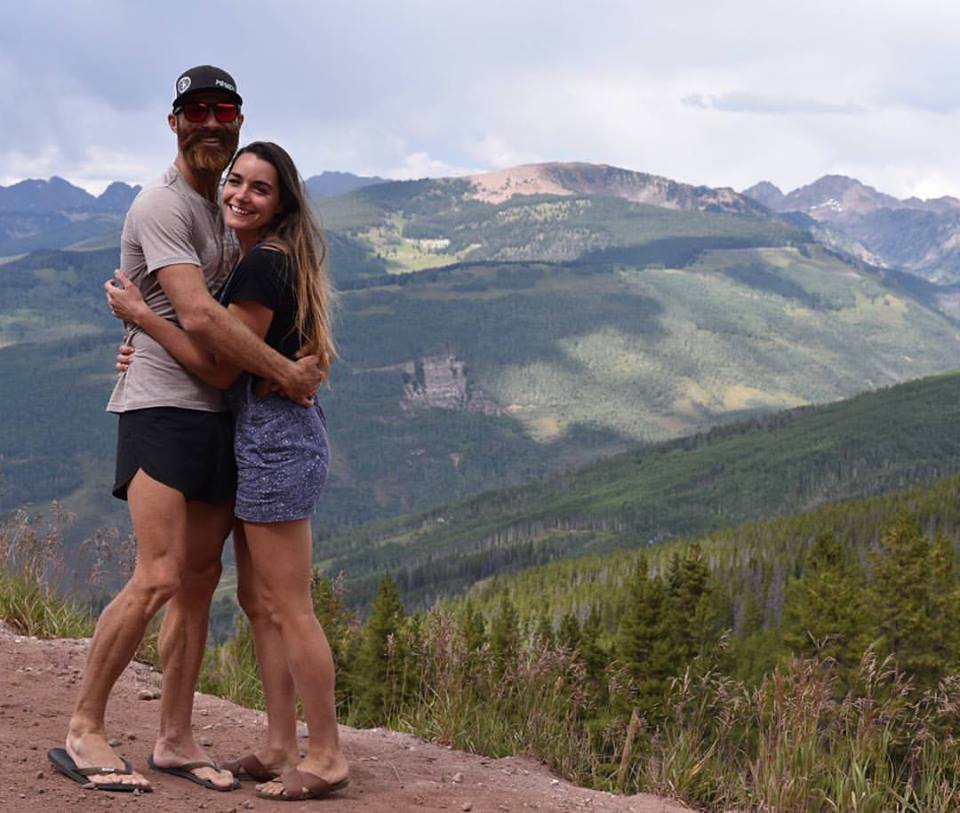
This will be my last article for Chronicles of an Endurance Athlete’s Wife. It’s sorely bittersweet, but it’s time.
I started this blog six years ago while grasping for some essence of identity. I had just traded my job as a University professor in Hawaii to serve tables in the small mountain town of Flagstaff. I had recently graduated with a Masters degree but decided to forego a career in journalism in order to stay home with our (unexpected) daughter. I felt fulfilled by motherhood, but had lost a little bit of myself in its wake.
I have always been free-spirited, adventurous and eager for life experiences. And while bearing and raising children filled me with more love than I thought imaginable, I felt like I was drowning in a reservoir of selflessness with a levee on the brink of a magnificent rupture . Yes, I see how this sounds proud, but I’m sure a lot of you parents can relate. You spend your days giving- time, love, energy- and in the end there is little left for you. (ie a lot of my lunches consist of actual “crusts”- a metaphor for how us parents can often treat ourselves like leftovers or second thoughts.)
Meanwhile, my husband’s success as a runner was taking shape as the result of years of hard work. He had dropped a year of school in order to support me through graduate school and to raise our first child while I sat in a classroom in Costa Rica. We soon after moved to Flagstaff so he could pursue his dream of becoming a professional athlete. He squeezed his workouts in between 4am baby feedings, grad school and waiting tables. He saw his dream, and he went for it, balls to the wall ( ever caressed by Squirrel’s Nut Butter.)
In contrast (blame it on oxytocin or engrained societal norms) I felt like it was selfish for me to commit to any dream other than motherhood. I’d dable in writing here and there, ever-supported by my husband who could feel with tangibility how much happier I was when I gave myself attention. He would carve out hours from his increasingly busy schedule for me to write, but I always felt moored in liminality- unable to fully be me when a part of me was back home catching grasshoppers or crying over the fact that Cinnamon Toast Crunch is NOT an acceptable weekday breakfast.
And so I started the blog Chronicles of an Endurance Athlete’s Wife. Writing with purpose fulfilled a part of me that had been missing. But here’s the catch- I was writing as an extension of my husband, still missing a true sense of self. Sure, a huge chunk of my identity is found in relation to my husband. He has been my biggest motivator throughout the past 10 years. But Steph exists outside of being a supportive wife to an endurance athlete. She is more than a barefoot and pregnant cheerleader. My husband has always known this, but I’m only now starting to reimagine myself from outside of these self-imposed constructs.
Writing about the quirks, hardships and victories of being married to a successful athlete has helped me navigate through the years of liminality. And I hope, along the way, my words have helped some of you in similar situations. I even gave running a good old try for myself. In fact, I actually grew to love the sport in the interim between gasping for sweet oxygen after completing 2 miles and getting injured after a 25K race.. And still, in retrospect I see that diving into the world of endurance athletics was just another stab in the dark in trying to find my sense of self.
So now it’s time to figure out who Steph is, again. Not as a wife or mother, but just me. My babies are growing. I would never take back a minute of watching them learn- from the moment their wrinkled little hands grasped my index finger with intention, to the first drawing sketched in obtuse circles and displayed proudly as fine art, to first loves and skinned knees.
You are their whole world, but only fleetingly. Even with an 8 year old I can see how children slowly grow away from your epicenter and into their own beings. And while I don’t want to miss a moment- I feel like I need to do the same. I need to pry my helicopter-esque mothering hands from their growing little souls and give them some space- for their sake and mine. I’m beginning to realize that in a lot of ways, I give myself too much credit as a mother. At the end of the day, I think I need them more than they need me. Motherhood is a treacherously hard, yet straightforward identity to claim. I think it’s just not all of me.
I’m glad I was there for it all- good and bad- and will continue to be present. But I’m slowly realizing that I can have it all- myself, my husband and my kids. Three separate entities that are intrinsically enmeshed but still absolutely distinct. I just haven’t quite figured out how, yet.
So goodbye, at least from this medium. I’m off to write a book and love my babies and my husband and figure out who I am. It’s time. Nothing will ever be as important as my family. Ever. But there are other things out there for me, too. And that’s okay. That’s okay.
 If you’ve been following my chronicles for the past few years, you may have noticed a distinct (and unintentional) arch in my stories. I started out slingling comical anecdotes about the particularities of being a non-runner married to an endurance athlete (ie witnessing the following phenomena: exhaustion-induced narcolepsy, eating habits akin to a bear in pre-hibernation, sweaty laundry in amounts that teeter between impressive and rage-inducing, etc.) I’d write about these things, peppered with the hardships that come from a traveling husband and raising a young family. For a few years, while I was in the midst of growing babies and keeping them alive, I sometimes felt (even while entranced in the love of my children) like a distant observer in my own life.
If you’ve been following my chronicles for the past few years, you may have noticed a distinct (and unintentional) arch in my stories. I started out slingling comical anecdotes about the particularities of being a non-runner married to an endurance athlete (ie witnessing the following phenomena: exhaustion-induced narcolepsy, eating habits akin to a bear in pre-hibernation, sweaty laundry in amounts that teeter between impressive and rage-inducing, etc.) I’d write about these things, peppered with the hardships that come from a traveling husband and raising a young family. For a few years, while I was in the midst of growing babies and keeping them alive, I sometimes felt (even while entranced in the love of my children) like a distant observer in my own life.
 By now it has become glaringly apparent that I tend to do things that I am neither physically or mentally prepared for. (See previous posts on topics such as: road biking 2000 feet up a mountain 5 weeks after giving birth, running up that same damn mountain 3 years later and then right back down it, running a trail half marathon when the furthest distance I’d ever run prior to the race was 6 miles, etc.) I haven’t yet decided if it’s stubbornness, boldness, adventurousness, stupidity, naivety or my husband’s overwhelming confidence in my abilities that moves me to attempt these feats. Whatever it is, I did it again.
By now it has become glaringly apparent that I tend to do things that I am neither physically or mentally prepared for. (See previous posts on topics such as: road biking 2000 feet up a mountain 5 weeks after giving birth, running up that same damn mountain 3 years later and then right back down it, running a trail half marathon when the furthest distance I’d ever run prior to the race was 6 miles, etc.) I haven’t yet decided if it’s stubbornness, boldness, adventurousness, stupidity, naivety or my husband’s overwhelming confidence in my abilities that moves me to attempt these feats. Whatever it is, I did it again.




